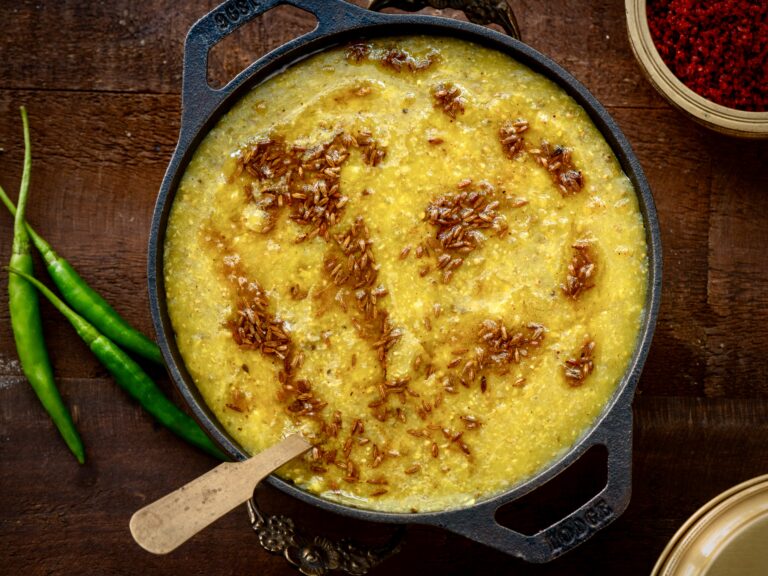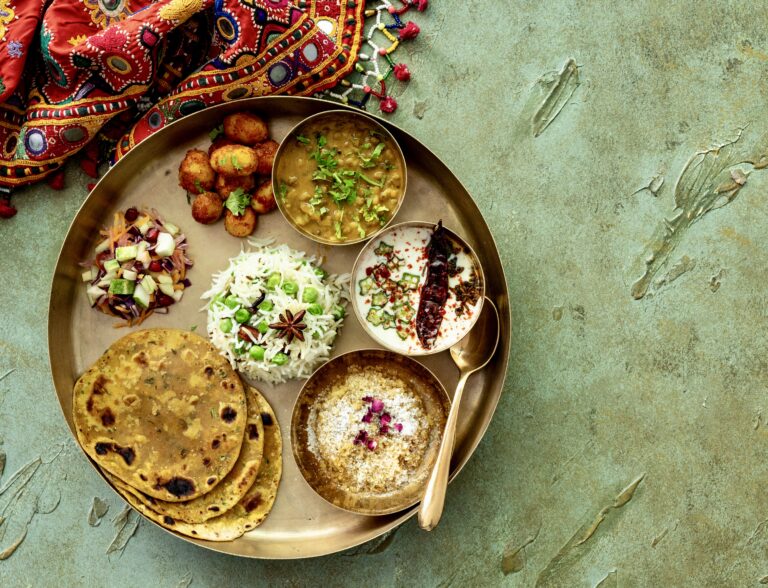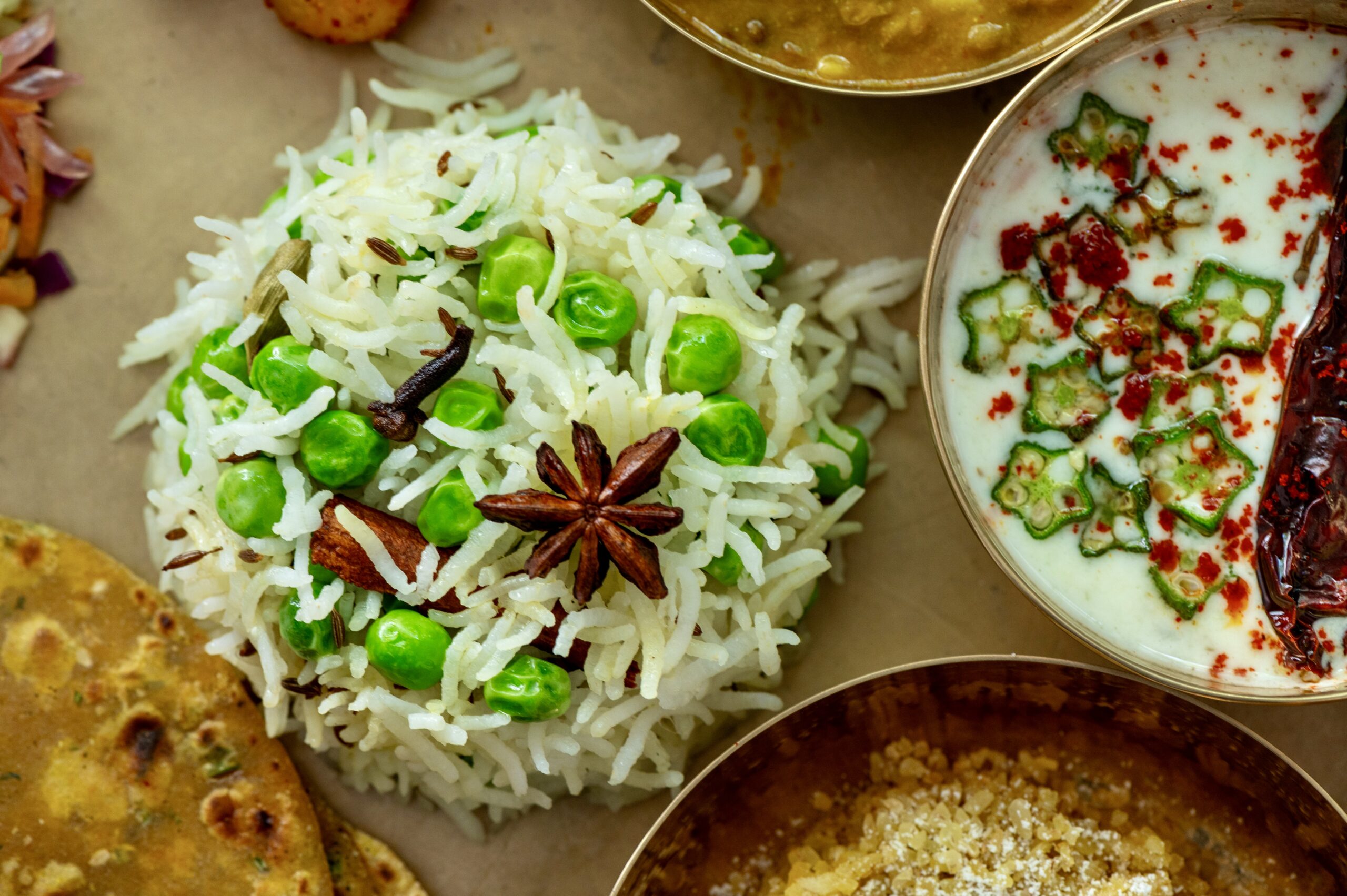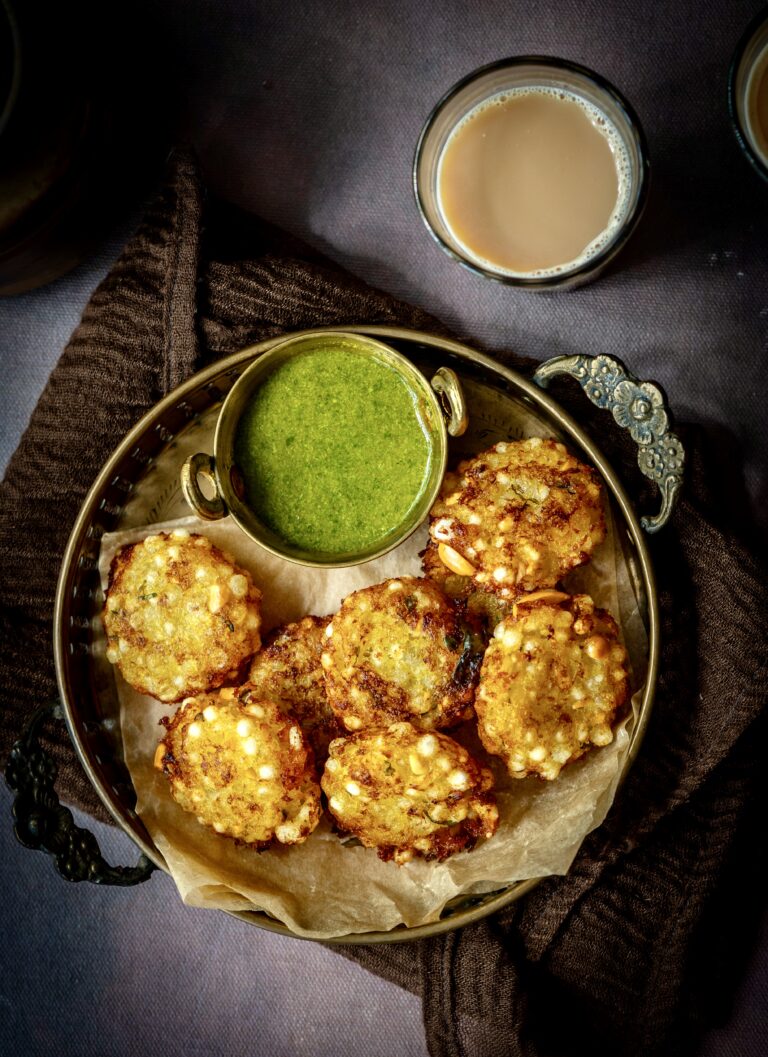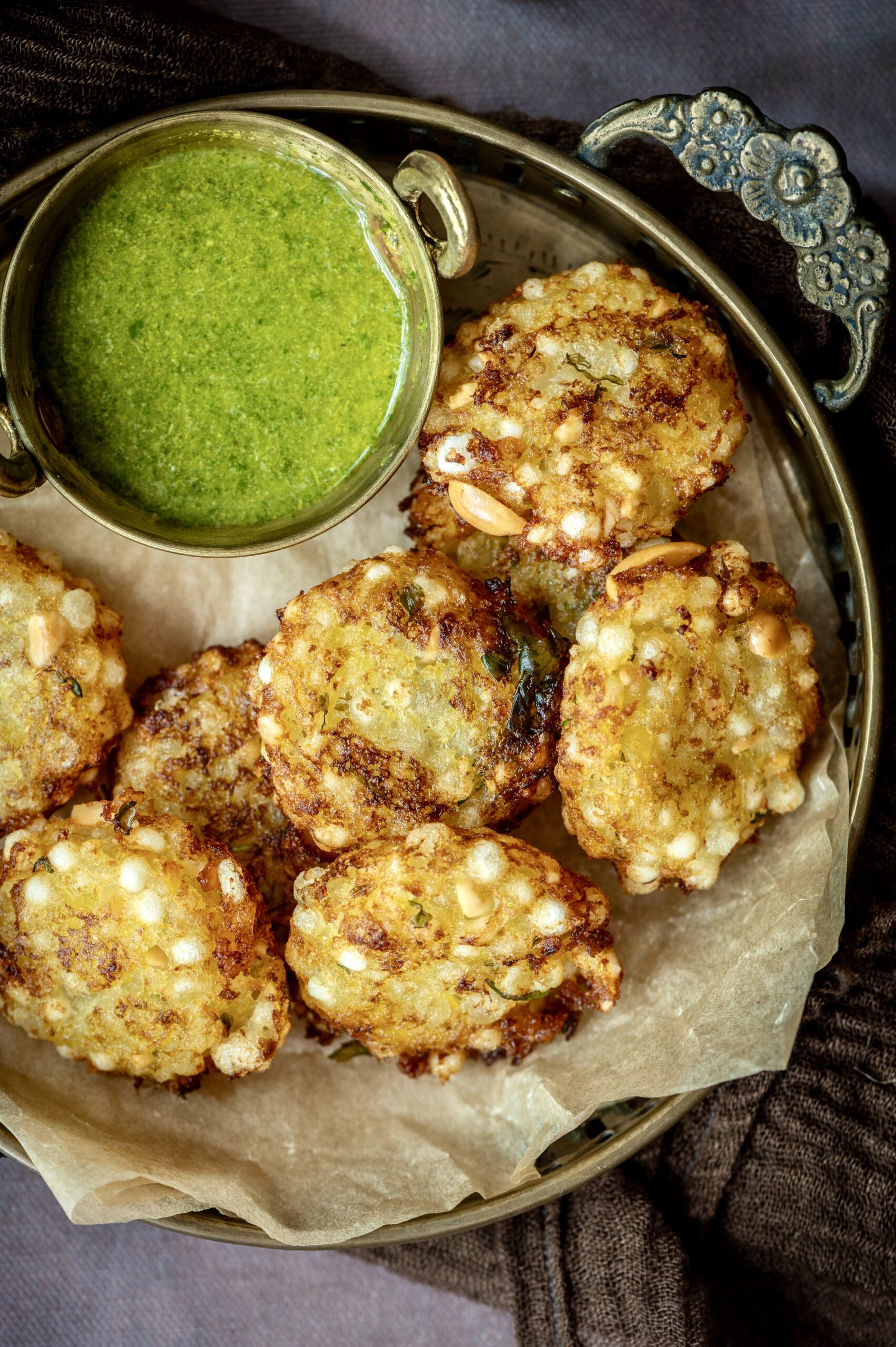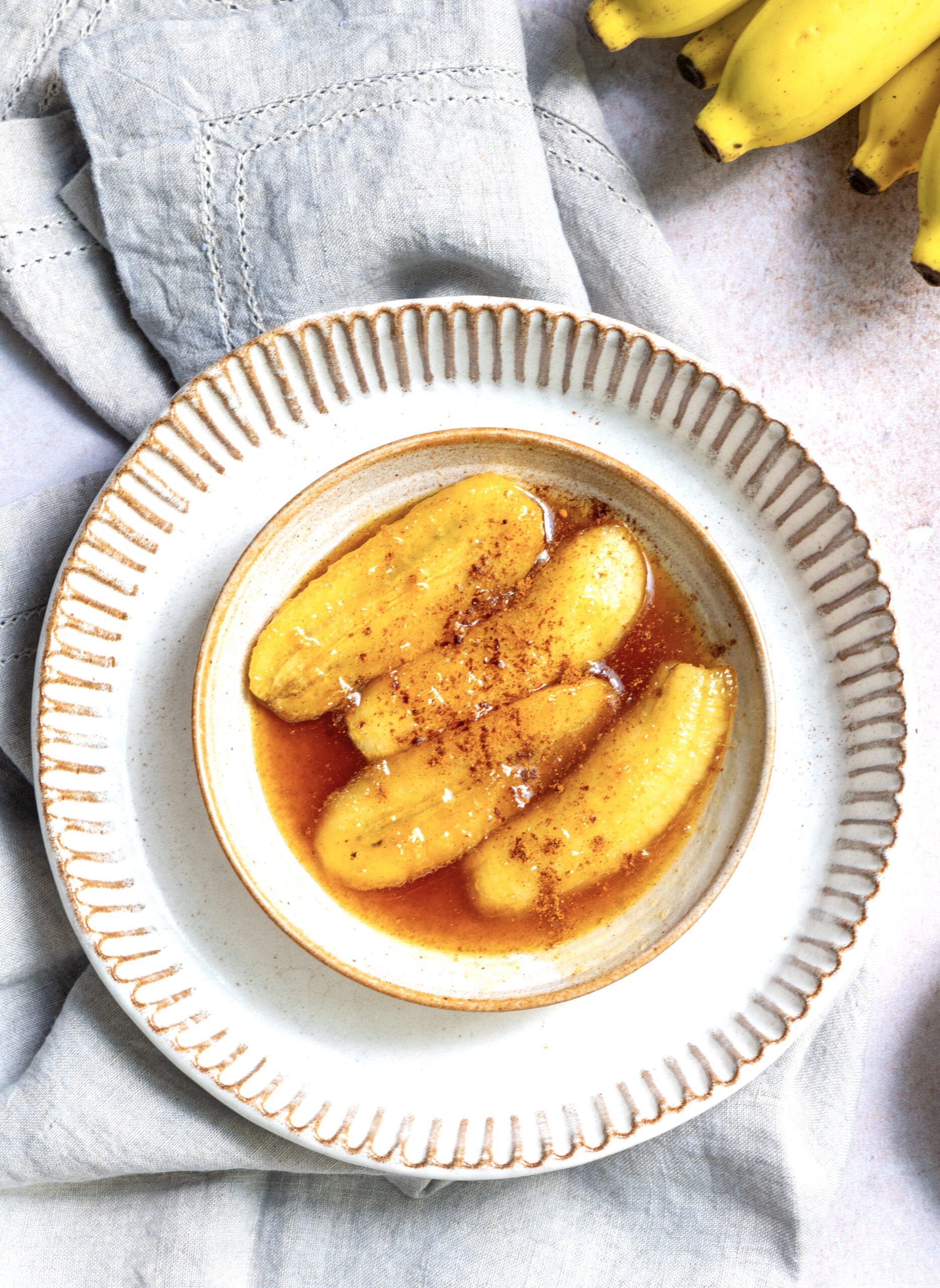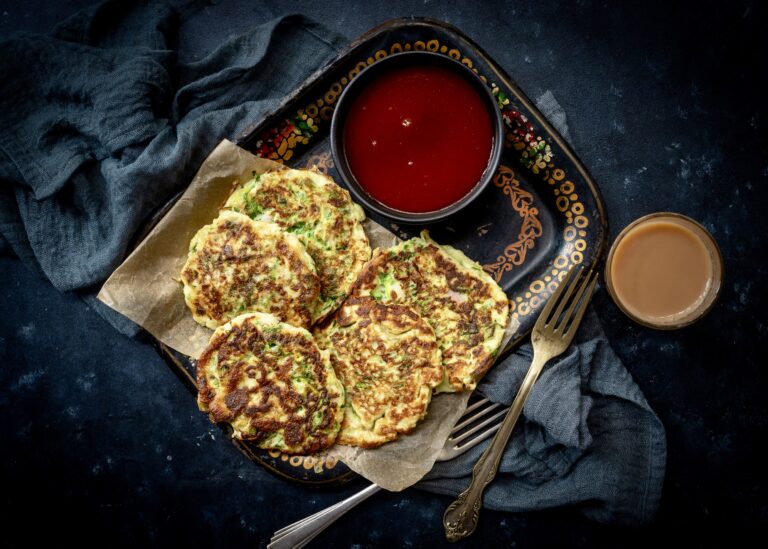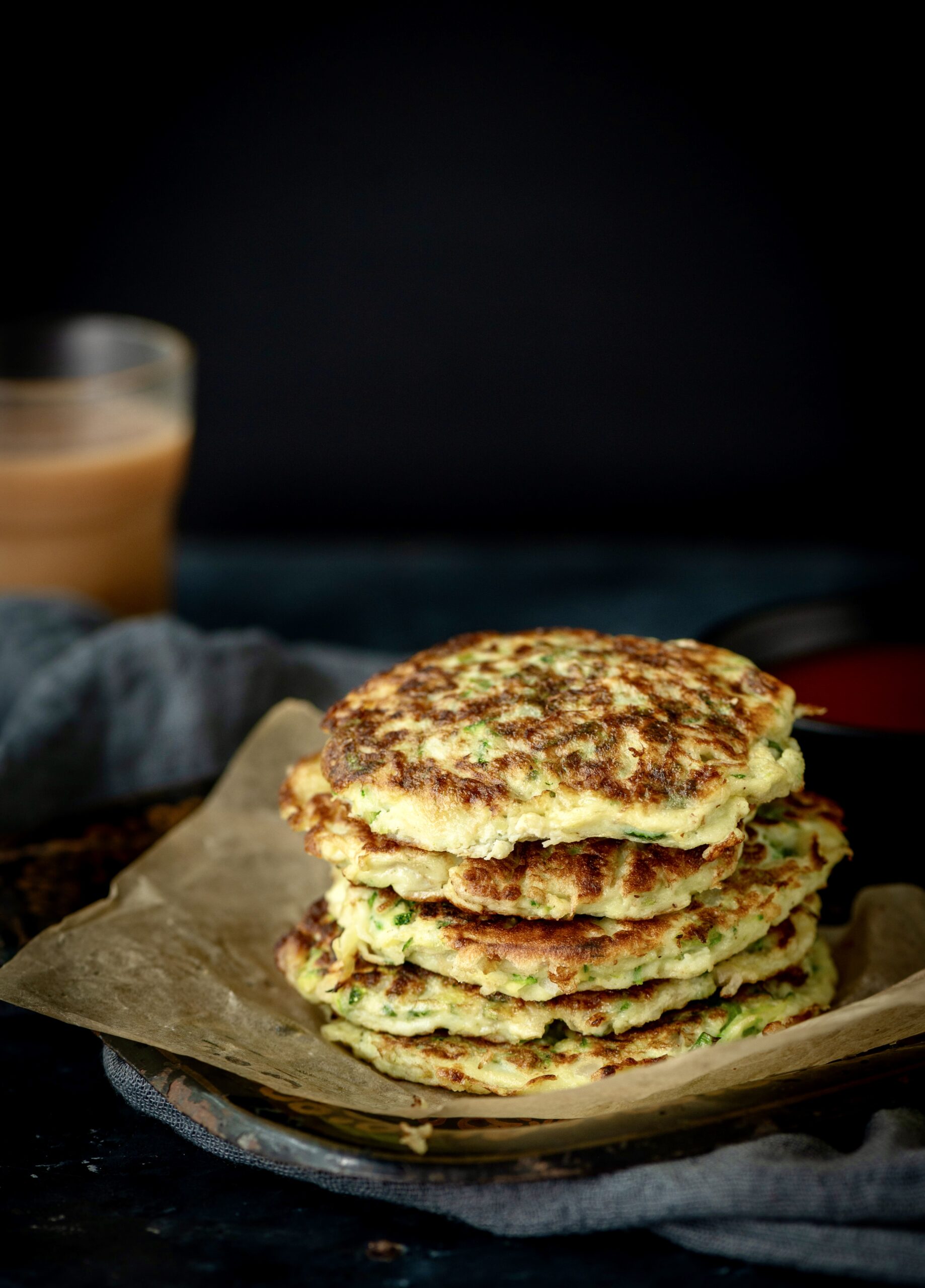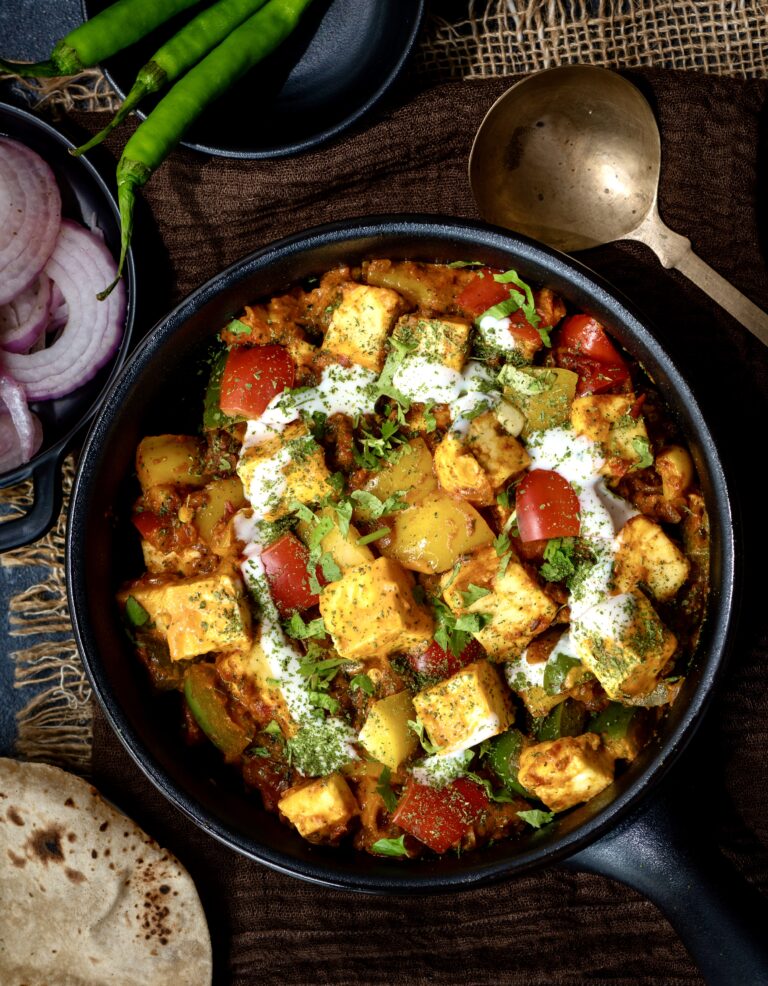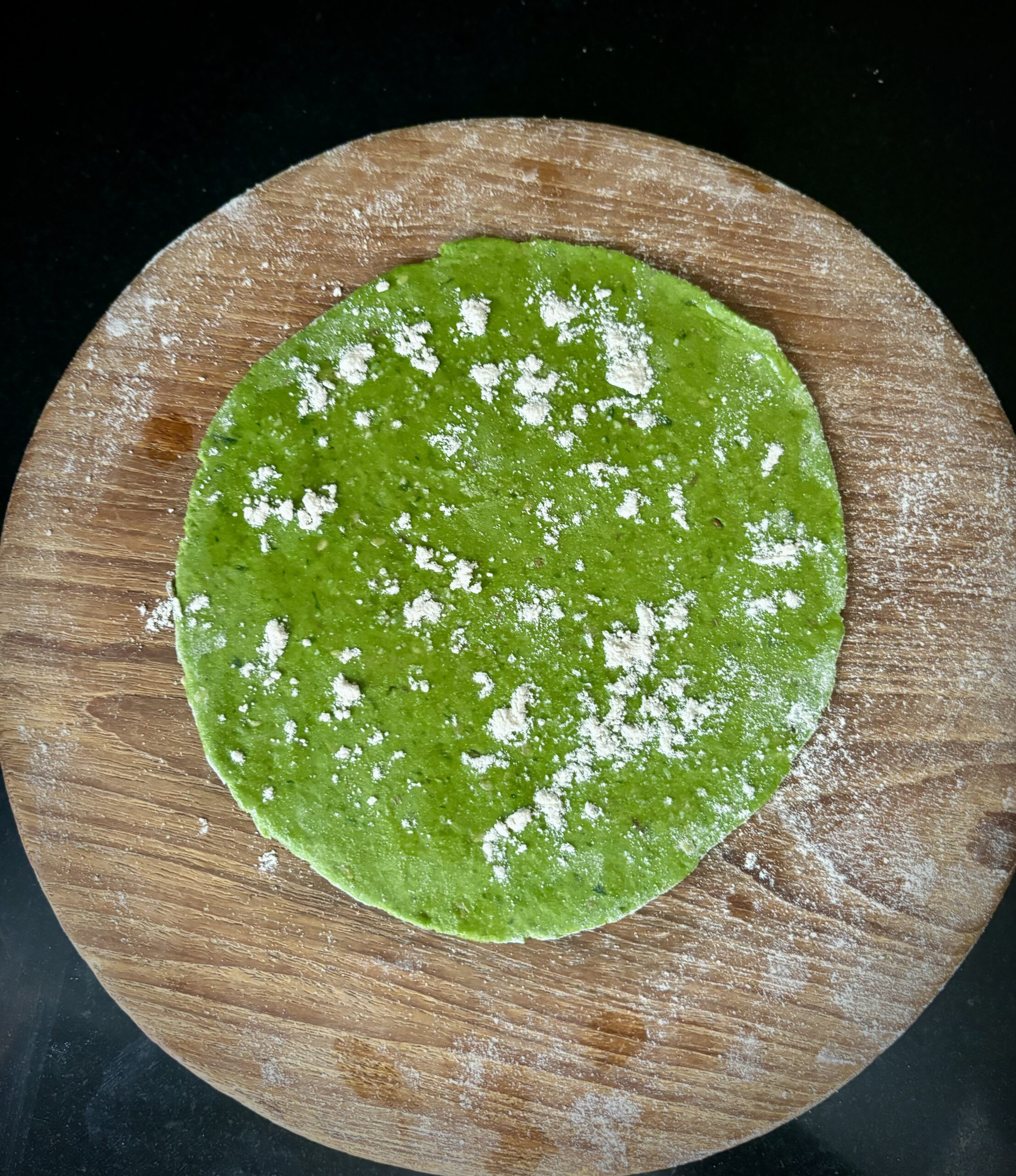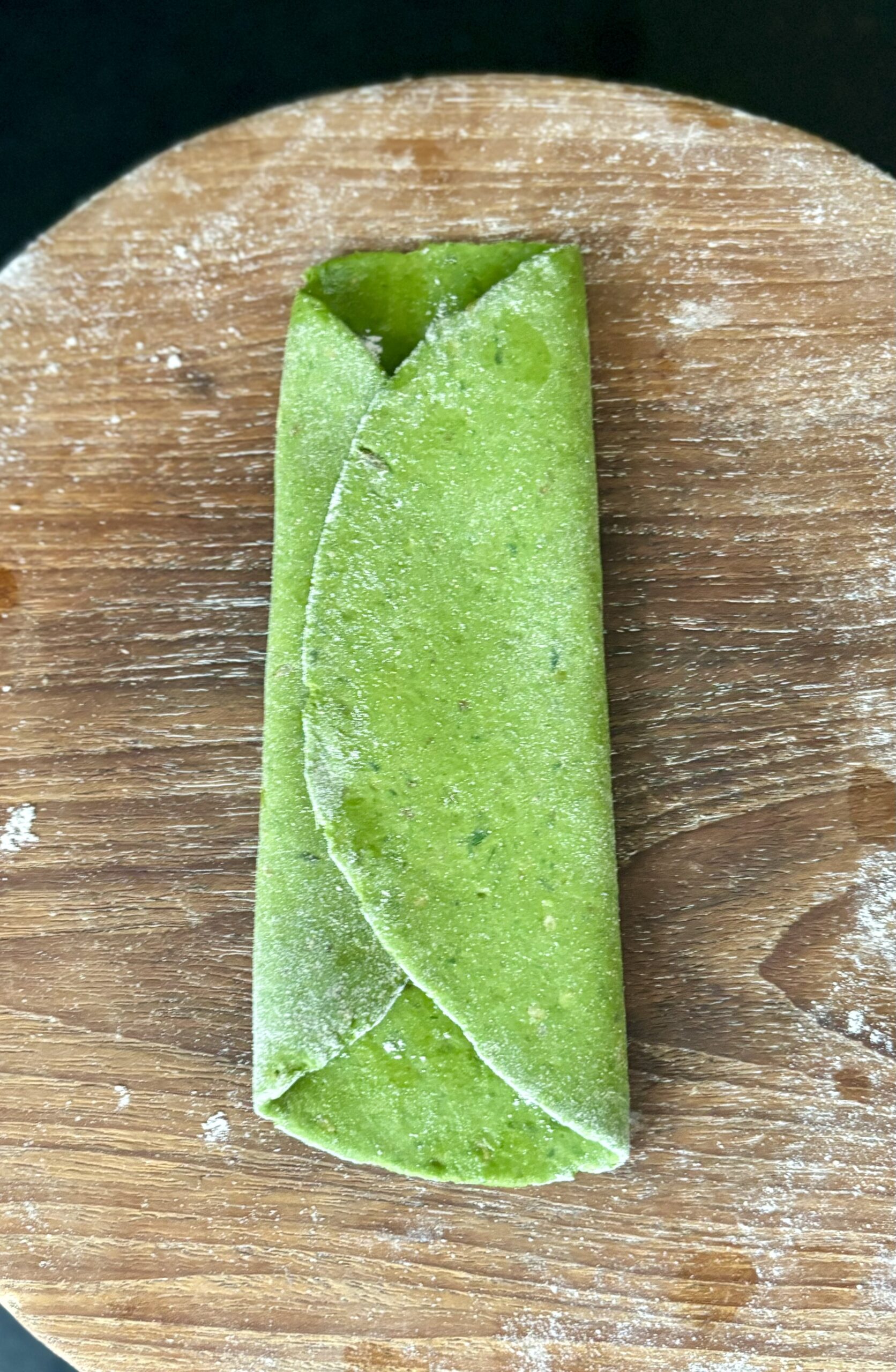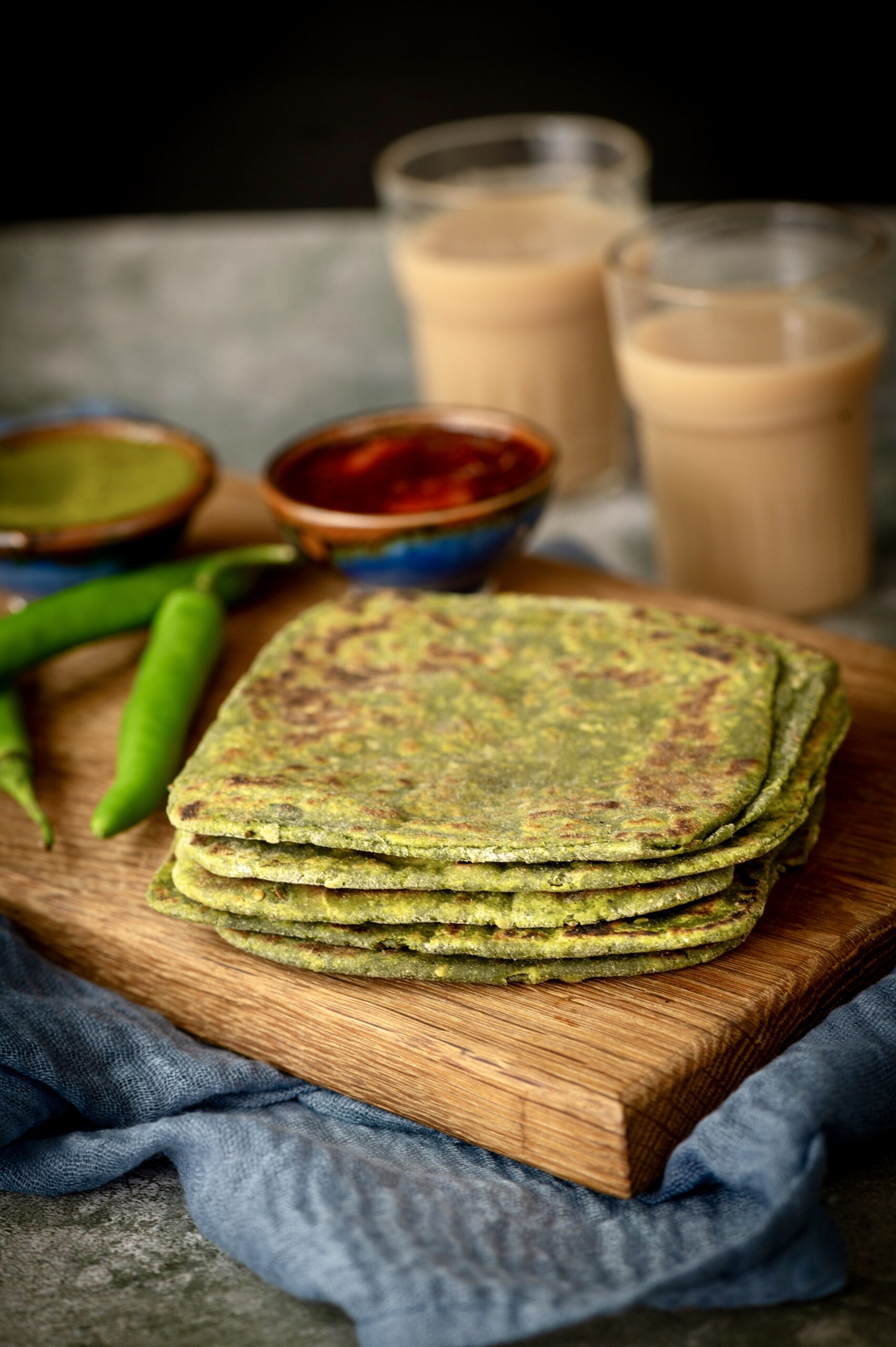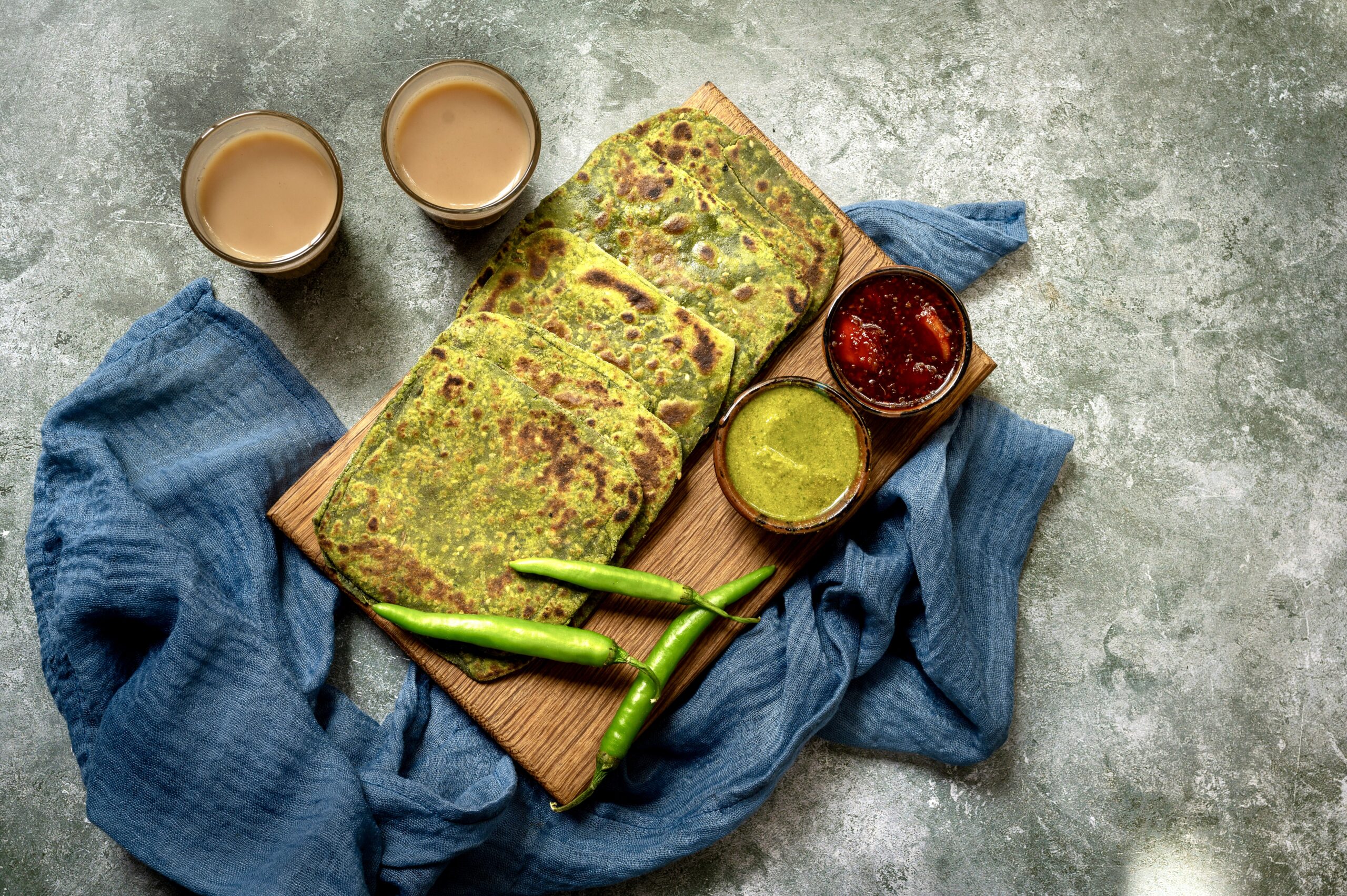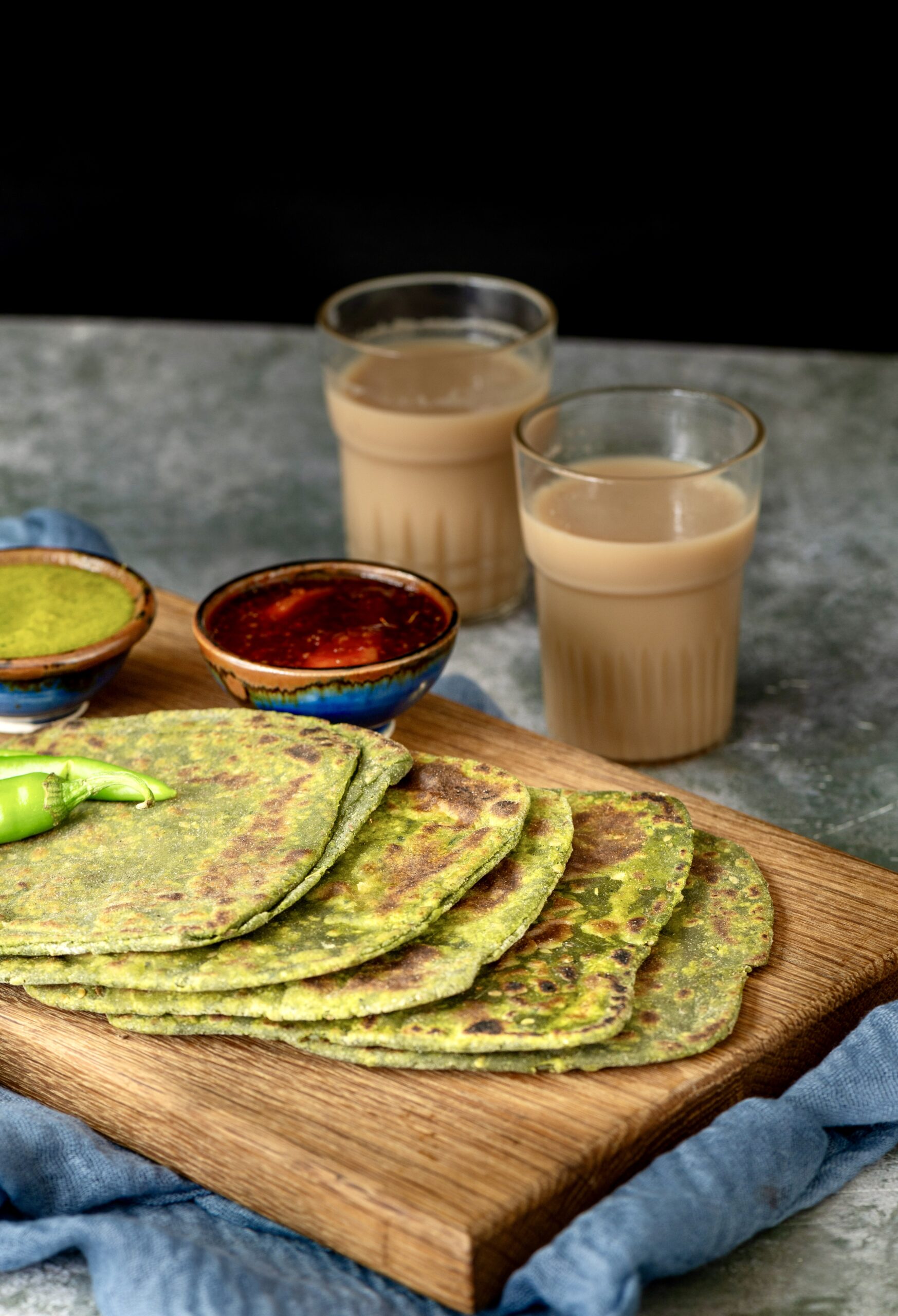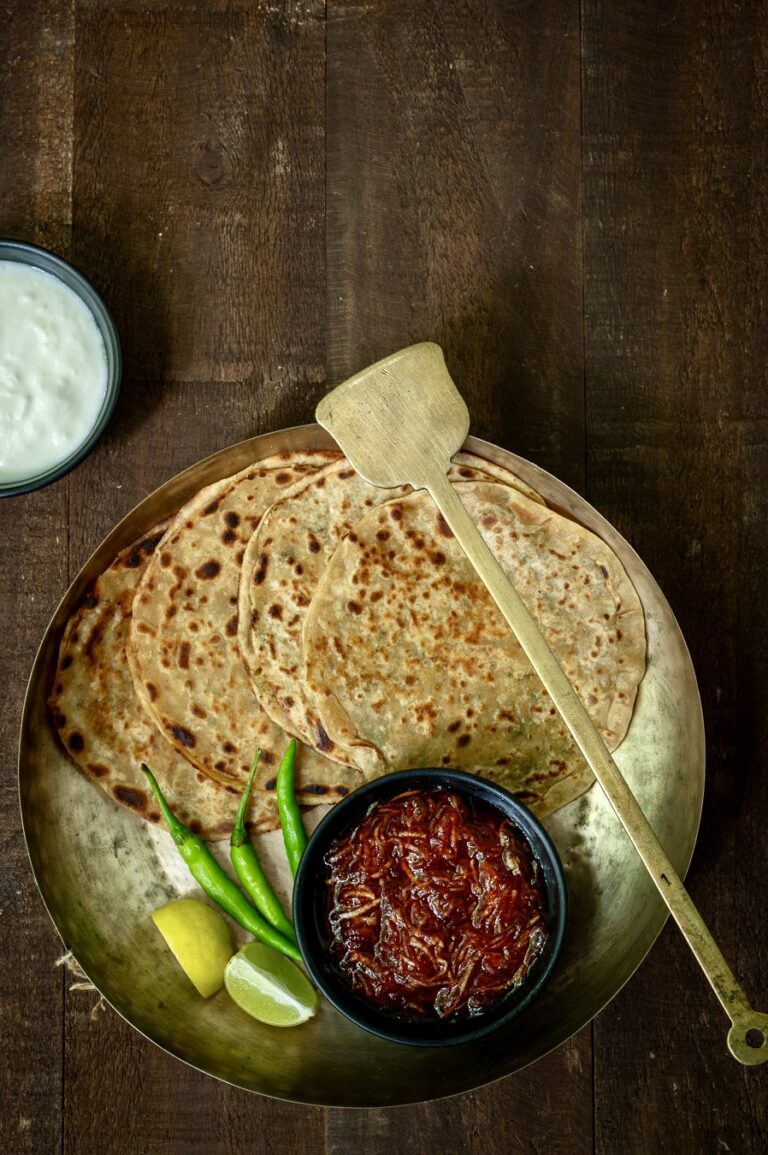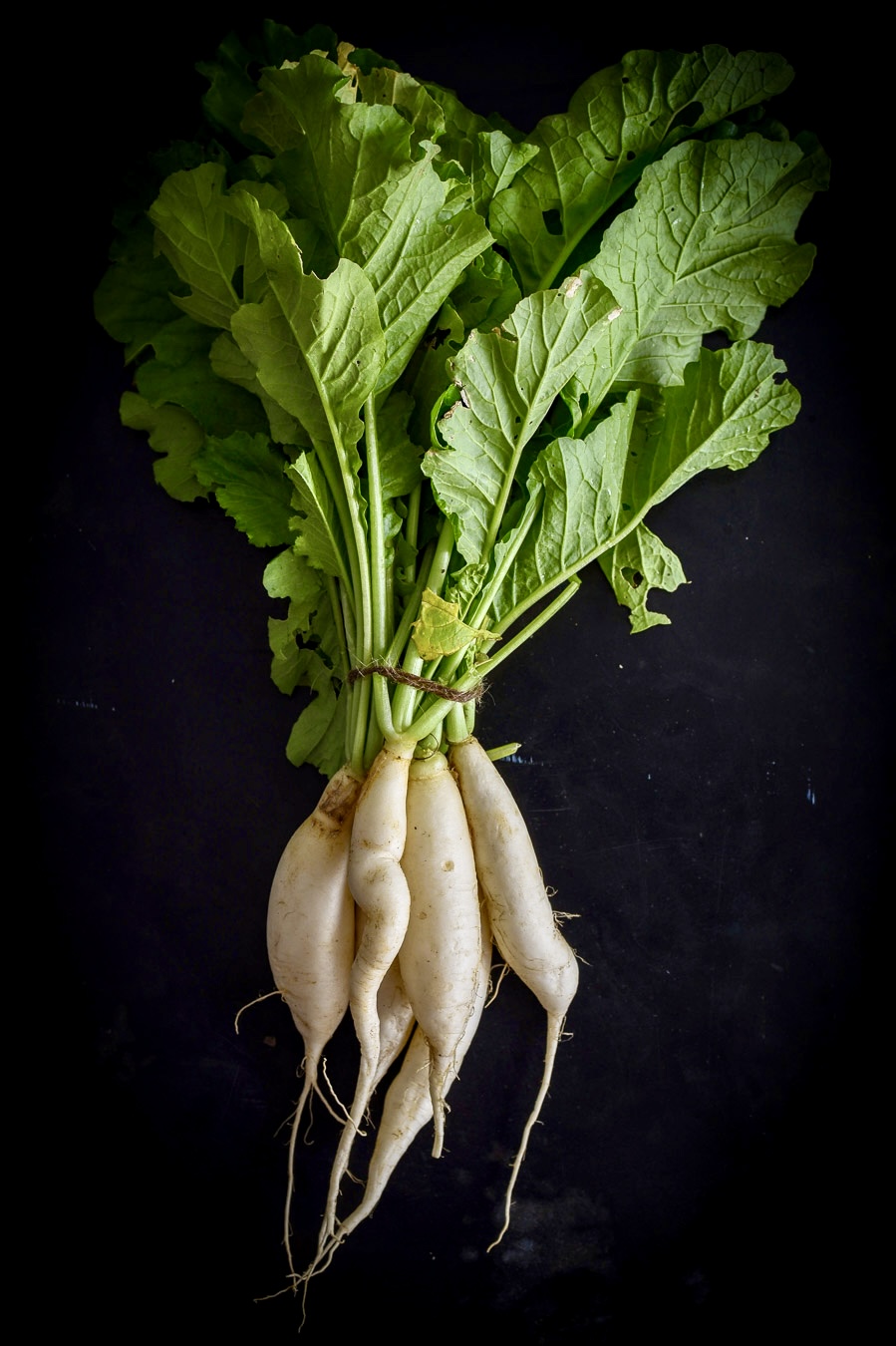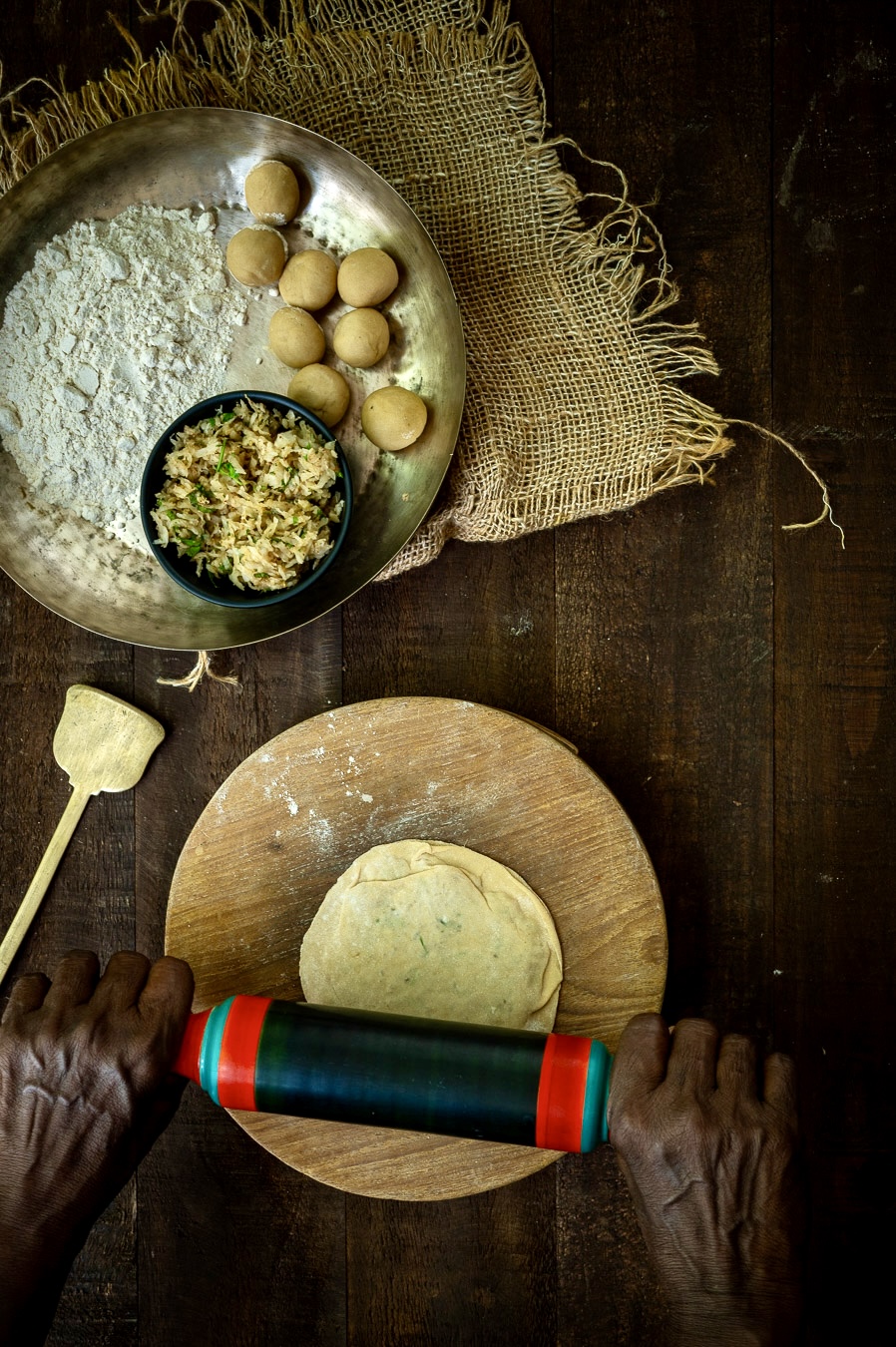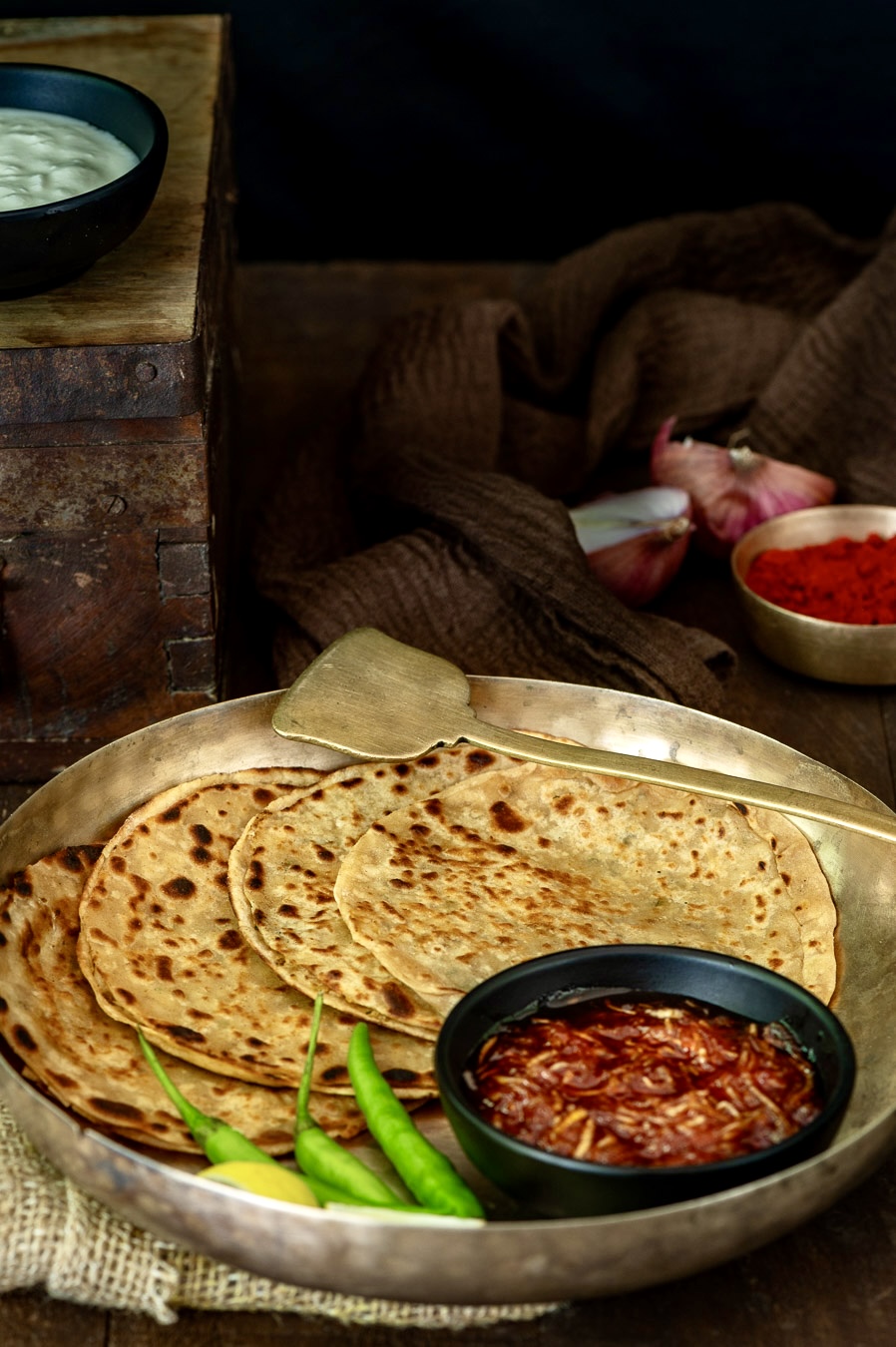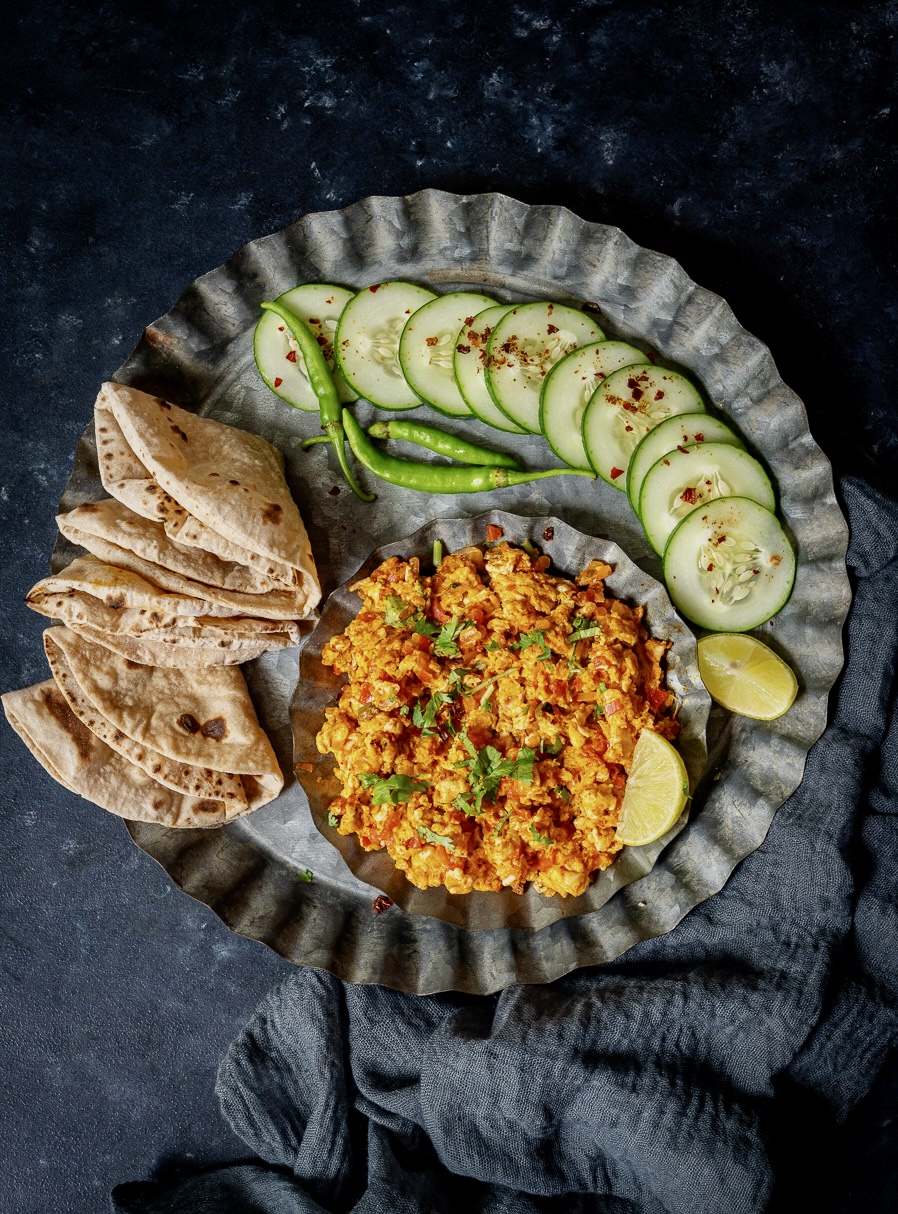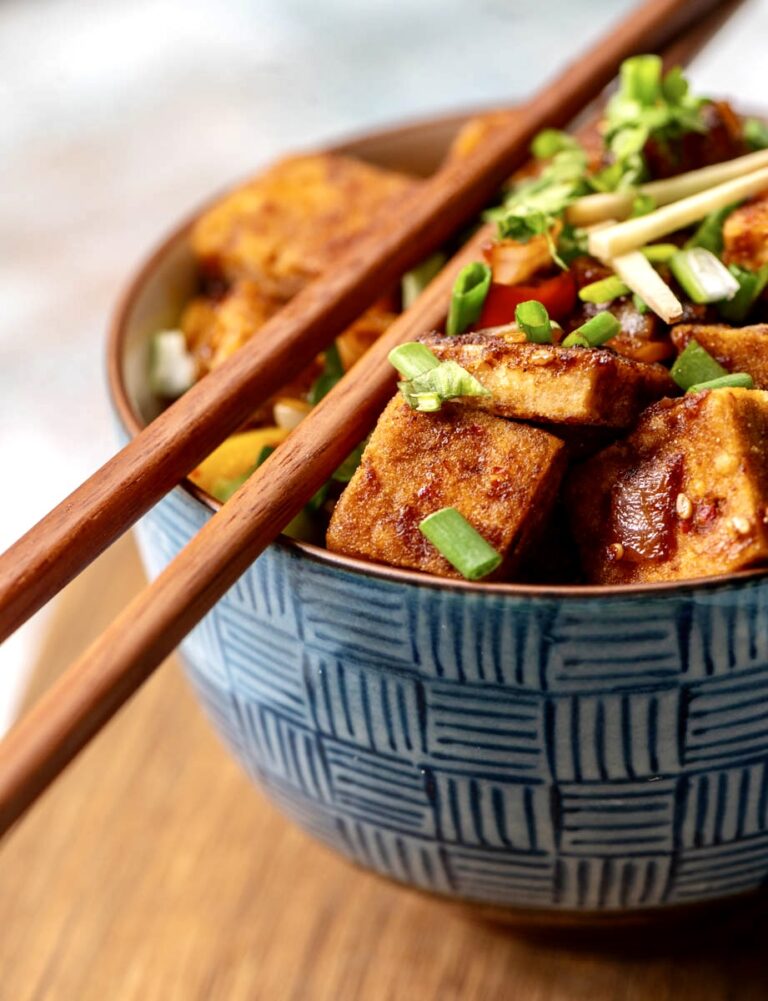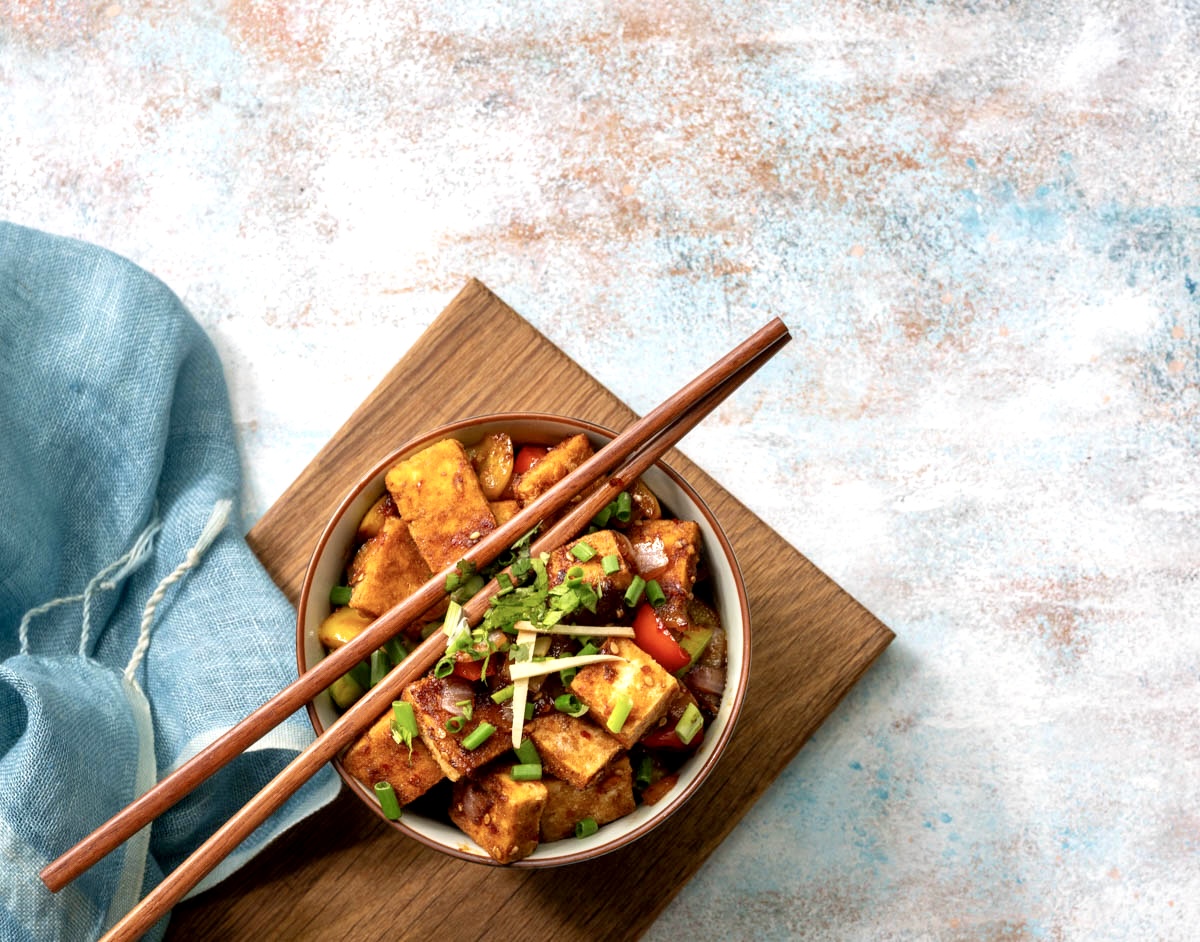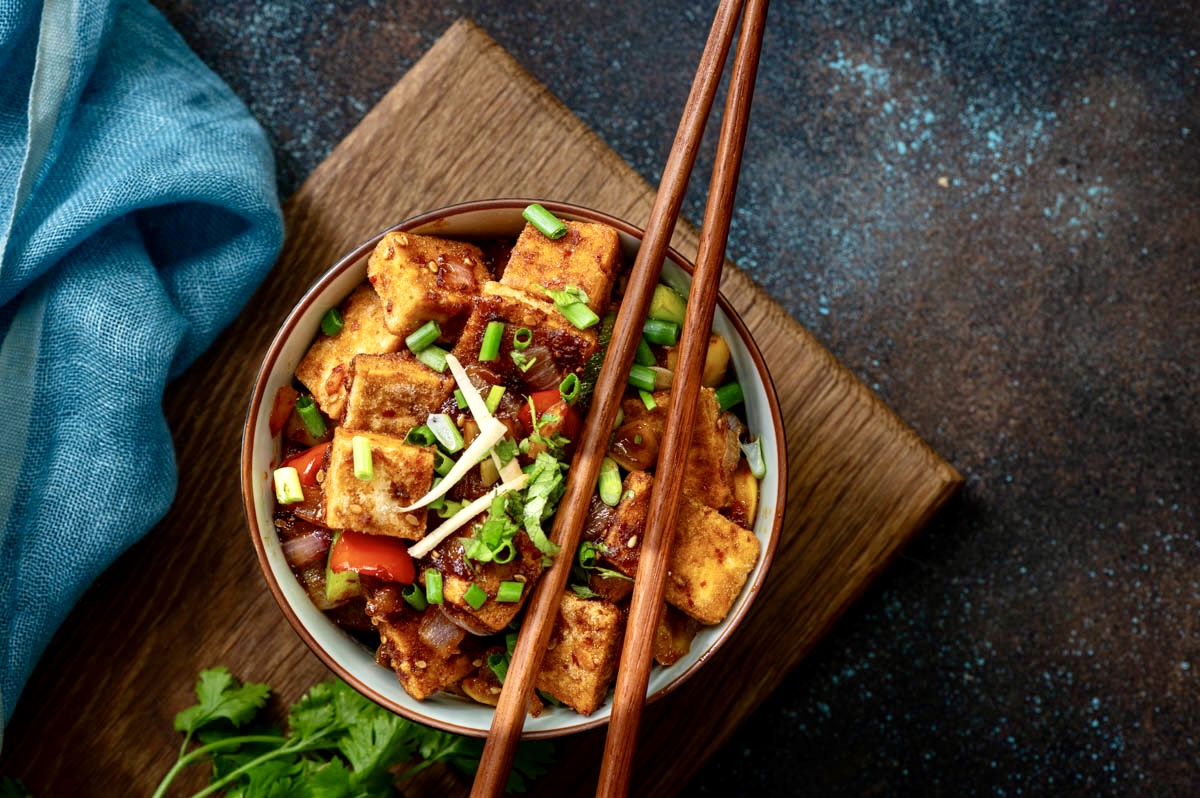Here in India, with Diwali having just gone by, we are now officially post-festive. Having eaten all the yummy goodies we can – which included, I hope, some of the recipes I have shared here, alongside your own family specialties – it is now time for a bit of detoxing. Leaning towards lighter meals after the festivities, as well as fasting beforehand, are parts of our culinary traditions too. A simple bajra khichdi is exactly the kind of dish that tends to be preferred at this time, soothing the body after all the feasting, and it is what I’m sharing today.
It is necessary after festivities to streamline one’s diet so as to give one’s digestive system a rest. In general too, eating mindfully is a sensible choice. I want to emphasize here that detoxing is not about shedding weight. To me, that is not important. What is important is listening to one’s body, removing from one’s consumption habits what doesn’t suit it, and maintaining one’s health. Season-based eating habits are obviously a part of this.
Even up to my mother’s generation, the cycle of fasting first so that the body is prepared for feasting, feasting during the celebrations, followed by eating very simple food, was just a part of the rituals and traditions. They didn’t give it much thought, even though to us today it seems to be highly intentional. Perhaps it will help to remember that the concept of detoxing is nothing new. The only difference is that so much is available to us 24/7 nowadays that restraint becomes a choice, and moderation was not a way of life as it was earlier. That said, one definite improvement is that more and more of us are learning how to use the right bins when disposing of kitchen and other waste, aware that our consumption doesn’t end with eating or tossing.
I want to linger on the subject of detoxing, not only in terms of food but taking a more holistic perspective. It is something I think about a lot myself, and try to inculcate in various aspects of my life. Now that I am older and more conscious of the surroundings – and here I mean especially about pollution and the planet, a topic that I’ve written about before – the necessity for curbing excess and being mindful feels stronger than ever. I believe I speak for many of us, for I know from conversations I’ve been having that a desire for more simplicity and less consumption is something that we have been feeling collectively.
I’m thinking therefore of detoxing as a sort of umbrella term, encompassing one’s body, one’s home, one’s relationships, one’s schedule – life itself, really. Let me use a small and practical example here: I have been detoxing my wardrobe. This means removing items I don’t require, and learning how to purchase wisely so that fewer pieces that have more longevity and can be valued over time are selected over quantity. I want to buy less and hoard less. I tell my family, some of whom have big shopping habits, “You must enjoy and appreciate beauty, but that does not mean you should own all the beauty you enjoy.”
This thought applies equally to nature, and how we operate as travellers. When we visit a place, we must remember that preserving it is more important than simply taking it in for our own pleasure.
Then there is shedding negativity, both within ourselves and in terms of whom we choose to have in our circles. This can be quite complicated, but it is also an essential part of well-being, for we do absorb others’ energies.
There are so many aspects of our lives that could do with occasional detoxification, and food just happens to be one of the more obvious ones. Coming back to this simple bajra khichdi, it is a satisfying dish that is full of goodness and nutrients. It contains bajra or pearl millet, which is a preferred grain in Indian winters as it takes longer to metabolize and therefore helps keep us warm. It is also high in iron. I have spoken about these facts before, and encourage you to explore more bajra and millet recipes on this blog. For now, this one is just right for this time of year, both in terms of season and in terms of our social calendars!
Simple Bajra Khichdi
(Serves: 2-4)
1 cup broken bajra grains (pearl millet)
½ cup yellow mung dal
3 cups water
2 tablespoons ghee
½ teaspoon turmeric powder
Salt to taste
1 teaspoon cumin seeds
¼ teaspoon asafoetida
1 green chilli
If you’re unable to find broken bajra, just blend coarsely or even hand pound the grain. Rinse and soak the bajra along with the yellow mung dal for at least 4-6 hours.
Change the soaking water, then pressure cook, adding the salt and turmeric, along with 3 cups of water. Use less if required. Cook until the grains are tender and the consistency is soft.
Heat a kadai. Add ghee, cumin seeds and asafoetida. Once the cumin seeds splutter, add the green chilli and the cooked bajra. Stir until the ghee is well mixed.
Your khichdi is now ready to be served hot. I would pair it with kadhi. This will make for a very filling lunch or dinner, and it definitely in the comfort food category in every way!

